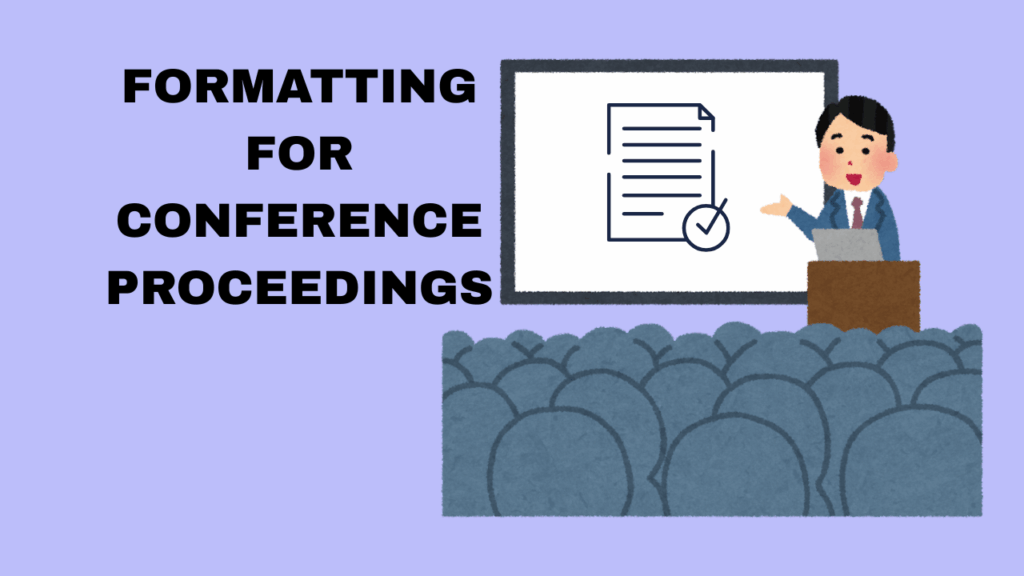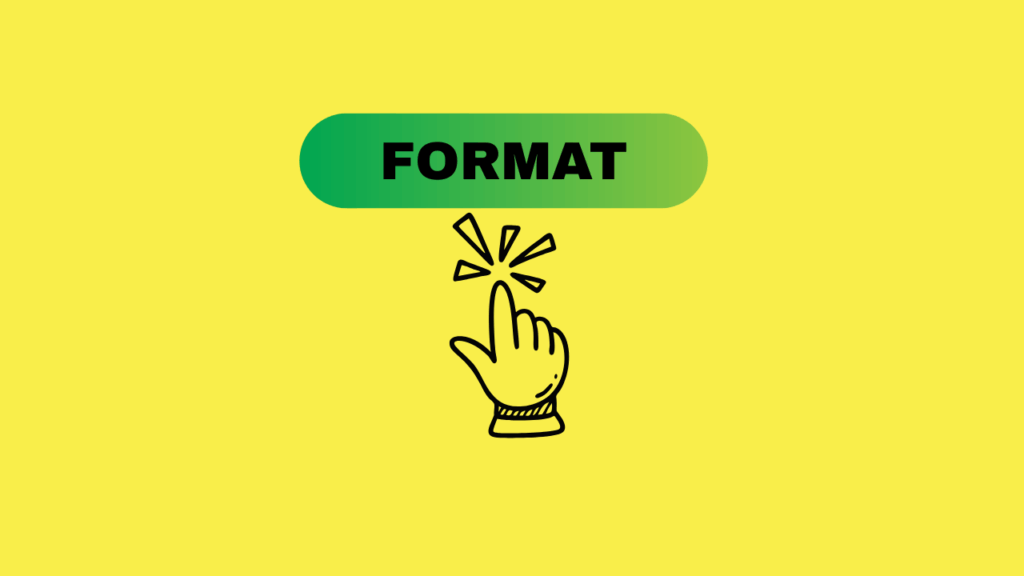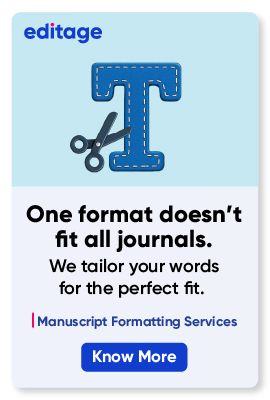Journal Formatting Guidelines for STEM vs. Humanities Papers

Formatting research papers in the fields of STEM and Humanities involves several distinctions. Journals often provide their own formatting guidelines or recommend following one of the popular style guides (e.g., APA, MLA, and Chicago Manual of Style) for formatting papers.
Read on to learn the differences between formatting STEM and Humanities papers along with some tips for effective journal formatting.
How to Format STEM Papers
In STEM, practical research work takes priority over writing a paper. Essentially, the research paper is a means to present your research and its corresponding findings. Therefore, most research papers in STEM follow the IMRaD (Introduction, Methods, Results, and Discussion) format.
However, there are other elements like the title, abstract, figures, tables, and references that are also crucial in a STEM paper. This is how you would ideally structure a research paper in STEM.
- Title
- Abstract
- Keywords or index terms
- Main text
1. Introduction
2. Methods
3. Results
4. Discussion
5. Conclusion - Figures and tables (placement may vary depending on journal guidelines).
- References
Title
All research papers need an effective title that underscores your study’s purpose and informs readers of what was achieved. The title is the first thing that readers spot, so make sure you write a perfect title for your research paper.
Abstract
Use the abstract to provide an overview of your study with sufficient, relevant details. Ideally, it is recommended to include the study objective, main methods, results, and conclusions. Your abstract may be structured or unstructured, depending on the journal requirements.
Keywords
It is common practice to include a list of keywords in STEM papers for indexing purposes. Some journals and publishers even offer a list of recommended terms that you can choose from.
Main text
This forms the crux of your research paper. Consider the IMRaD format as an hourglass:
- You begin by providing a broad perspective of your work to the readers.
- Then provide more focused information regarding the methods and results.
- Finally, the findings are discussed in the context of previously reported works before summarizing the conclusions and wider implications of the study.
Figures and tables
It is important to include illustrations and tabular data with relevant captions in your research paper. They may be placed within the manuscript close to their first mentions, placed at the end of research paper, or uploaded separately during submission depending on the journal guidelines.
References
The list of references indicates the works that were referenced during your study. They are generally formatted following either the Harvard or Vancouver style of citing sources.
How to Format Humanities Papers
In Humanities, the writing of the paper is closely coupled with the actual research work. Often, the reading, thinking, and writing happen simultaneously to generate new knowledge.
Typically, a research paper in Humanities would be structured in the following format.
- Title page
- Abstract
- Body
1. Includes headings and sub-headings to organize content better.
2. In-text citations of the works referenced during the study. - Works cited/Reference list
Title page
The title page is the first page of your paper that includes the following elements:
- Title of the paper.
- Author’s name.
- Affiliated institution.
- Header mentioning the title (or a shortened title) along with the page number.
Abstract
The next page should include the textual abstract, briefly summarizing the objectives and findings of the study. It is generally 150 to 250 words in length and should provide readers with an overall idea of your work without revealing too many details.
Body
Unlike STEM, there is no standardized structure recommended for Humanities papers. However, be sure to divide your content into suitable paragraphs with relevant headings and sub-headings for clear organization.
The corresponding in-text citations should be specified throughout this body of text to allow the readers to reference your works cited.
Works cited
The last section of your paper is the works cited page or the list of references. Typically, the works listed are left-aligned and double-spaced with 1-inch margins, keeping in line with the requirements of MLA style guide.
STEM vs. Humanities Paper Format: Summary
| Features | STEM | Humanities |
| Purpose | To present novel research findings through experimental analysis. | To analyze texts and explore ideas to interpret historical context. |
| Structure | IMRaD format (Introduction, Methods, Results, and Discussion). | No specific structure, but the study is typically thesis-driven, often with a core argument. |
| Length | Typically shorter, ranging from 5 to 15 pages. | Often lengthy (20 to 30 pages or more). |
| Language | Precise, technical, and objective. | Persuasive, analytical, and interpretive. |
| Citation style | APA, IEEE, or journal-specified format. | Chicago Manual of Style, MLA, or journal-recommended format. |
Tips for Effective Journal Formatting
Regardless of whether you are writing a STEM or Humanities paper, here are some pointers to keep in mind.
- Papers in Humanities use more descriptive and adjective-heavy sentences, whereas STEM papers are presented in a more precise and technical language. Nevertheless, use clear and concise language to convey your findings.
- Do pay attention to the recommended margins, font, pagination, and heading styles. These formatting elements must comply with journal guidelines to avoid desk rejections.
- Citation style should be consistent throughout the text. They should either be numbered (superscript numerals or numbers in square brackets) or written out in the author-date format. Be sure to avoid mixing formats.
- All works referenced in the main text should be listed at the end of the manuscript. Missing any cited work in the list will be considered oversight and may lead to desk rejections.
Give more time for your research, spend less time formatting! Check out Editage’s Manuscript Formatting Services and get professional support for journal formatting.








